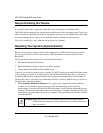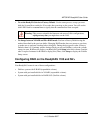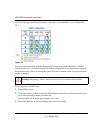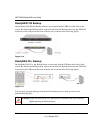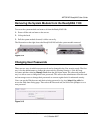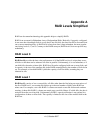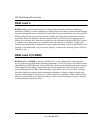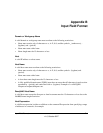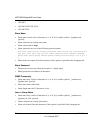
RAID Levels Simplified A-1
v1.0, October 2007
Appendix A
RAID Levels Simplified
RAID can be somewhat daunting; this appendix helps to simplify RAID.
RAID is an acronym for Redundant Array of Independent Disks. Basically, if properly configured,
it can store data on multiple disks in a way that if one disk fails, the data can still be accessed from
one or more remaining disks. A RAID level selects how data is kept redundant, the most popular
ones being levels 0, 1, and 5. Contrary to the RAID acronym, RAID level 0 does not provide any
redundancy.
RAID Level 0
RAID level 0 provides the best write performance of all the RAID levels as it stripes data across
all disks so that data can be written to all disks in parallel. Unfortunately, it is not redundant, so if
one disk fails, the entire volume fails. RAID level 0 can be configured with one or more disks, and
its capacity is the size of the smallest disk in the RAID set multiplied by the number of disks in the
set. For example, a four-disk RAID 0 yields the capacity of all four disks, assuming they are
identical in size.
RAID Level 1
RAID level 1 consists of two or more disks, all disks other than the first being an exact mirror of
the first. RAID level 1 can sustain disk failure up to the total number of disks in the RAID set
minus one. For example, a two-disk RAID 1 volume can sustain a one-disk failure and continue
running. A three-disk RAID 1 volume can sustain up to two disk failures. If a disk fails, the data is
retrieved from the surviving disk. Unfortunately, RAID 1 capacity utilization is not optimal in a
configuration of three or more disks. The capacity is limited to the size of the smallest disk in the
RAID set.




